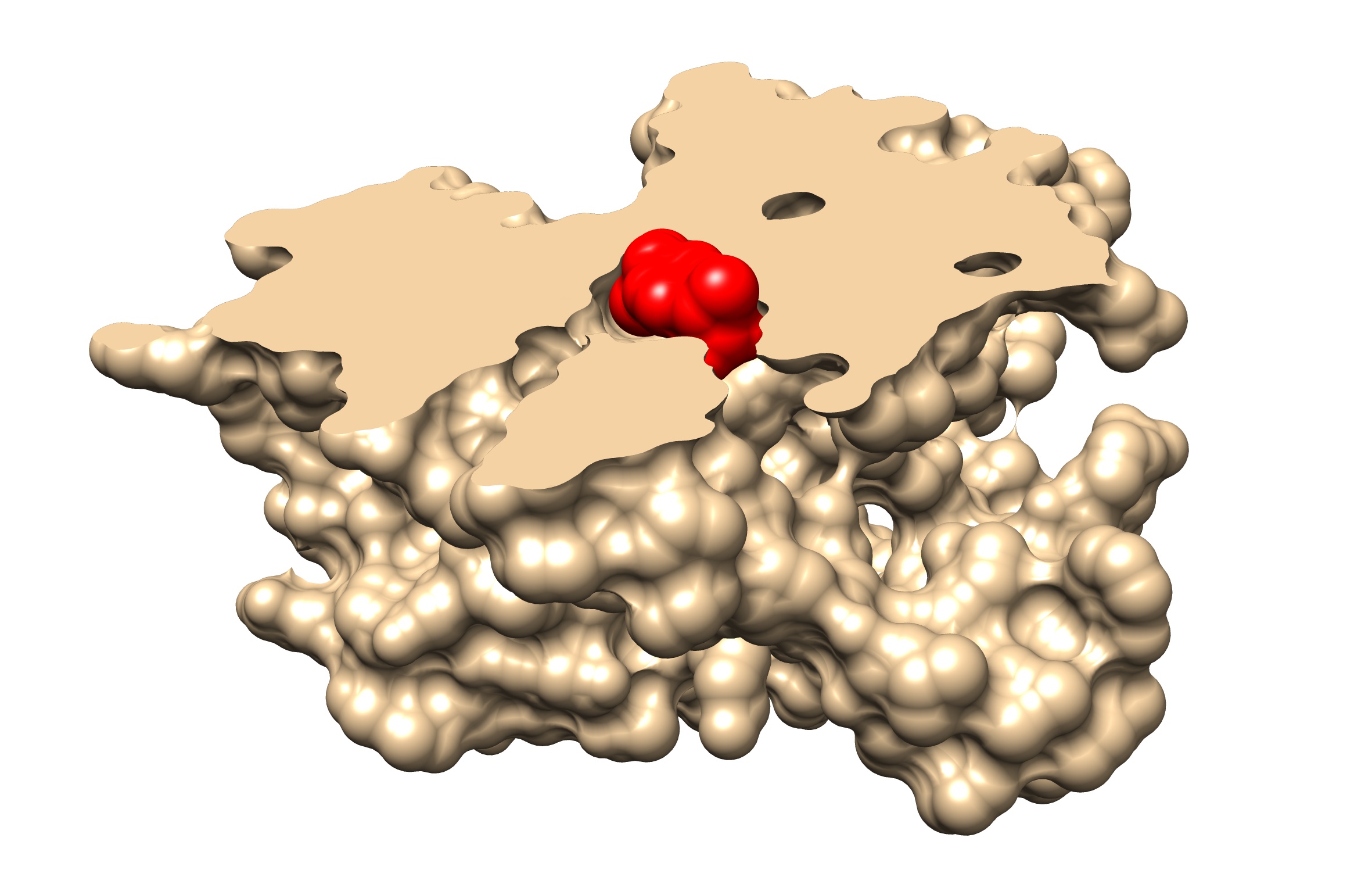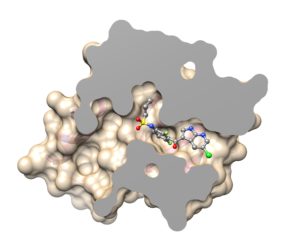A DEFINITION
From bacteria and viruses to plants and humans, proteins are molecules that are essential for the creation and function of very single living organism.
They are like workers with a specific field of expertise: highly dynamic, they interact with one another and are responsible for almost all the bodily functions an organism needs to stay alive.


